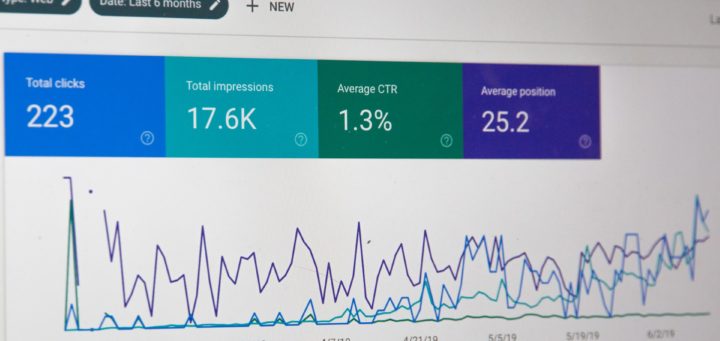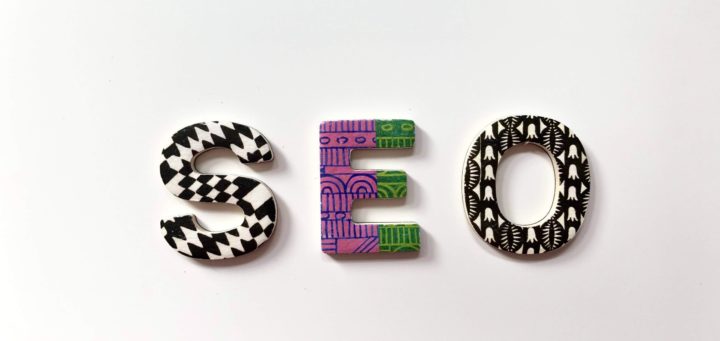A Beginner's Guide to Link Building: Part I
Link building (<– see what we did there? This is an example of an internal link) is such an important piece of the SEO puzzle…so it’s surprising that a lot of businesses do it so poorly! If you’re reading this post, you’re probably unfamiliar with the link building process, or even unsure of what exactly link building is and how it can help your website.
But you’re in luck! Our posts this month will teach you the ins and outs of link building and the steps you can take to get the right links to and from your website.
So What Is Link Building and How Does It Work?
Website links form relationships between pages and websites, giving search engines “roads” to travel on, discovering how content is related, and how popular -and trustworthy – it is.
There are three types of links that exist: inbound links, outbound links and internal links.
- Inbound Links are links that bring traffic from another site to your site. For example, if someone published a blog post referencing this step by step guide with a link back to our site, it would be an inbound link from their site to ours.
- Outbound Links are links that send traffic from our site to another site. For example, if we reference a blog post in one of our posts, we would be sending an outbound link to that reference blog…while they would be getting an inbound link from our blog.
- Internal Links are links that send traffic within a site. For example, if we linked to a previous blog post from our own blog, it would be an internal link between two pages on the same website.
All links are important to the overall optimization of your website, but inbound links are usually the most sought-after due to the fact that they bring new traffic to your site, and also because inbound links can increase your rankings on the search engines. Inbound links from other high-quality websites give your site a level of trust and authority that the search engine crawlers can recognize, potentially increasing your place on the SERPs (Search Engine Results Pages).
The Basics of Acquiring Links
There are three basic ways to acquire and develop inbound, outbound and internal links, and all three ways require creativity, patience, and sometimes a financial investment.
- Natural Links: these are acquired naturally simply by other websites linking to your content. These links cannot be achieved in any other way than having high-quality, relevant, awesome content that other people and businesses want to reference and link to.
- Outreach Links: these links are manually acquired in a multitude of ways: contacting or collaborating with other (authoritative) bloggers for links, submitting your website to appropriate directories, or submitting your website to paid listings.
- Self-Created Links: these links are also manually acquired by being social and creating links via blog comments, user profiles, guestbook signings, forum discussions, etc. However, any self-created linking must be done with caution and discretion so as not to appear spammy or irrelevant.
Now…Where Do You Begin?
Now that you understand the types of links that you can have on your website and the basics of acquiring them, the next best place to start is on your link building strategy to actually get them active on your site and on others’ sites.
Any good campaign requires a strong plan to work off of; Moz.com (<– example of an outbound link) has put together this awesome checklist of questions to ask yourself that will really put you on the right track:
- What does my website’s current profile look like?
- Do I need to remove links before I start?
- Do I need to gain authority or noise?
- Do I actually need more links or would I benefit from other factors?
- How will I generate the links?
- Should I run creative projects such as Infographics?
- Should I do blogger outreach / guest posts?
- Should I suggest webmasters replace broken links with my client?
- How will I reach out to webmasters?
- Social networks?
- Networking events?
- Telephone?
- What type of anchor text should I work with?
- What would Google’s web spam team look for during manual reviews?
- What type of anchor text would look most natural for the sites you want to target?
- Are there enough supporting pages for the landing page or should more be created?
Once you’ve answered these questions, you’ll have a solid strategy foundation to start building your campaign and generating high-quality links to and from your website. How so, you ask? You’ll just have to stay tuned for next week’s post that will detail our full step-by-step link building process (with examples!).
Also make sure you sign up for our monthly newsletter, as this month’s video blog will also be all about link building and you don’t want to miss it!



